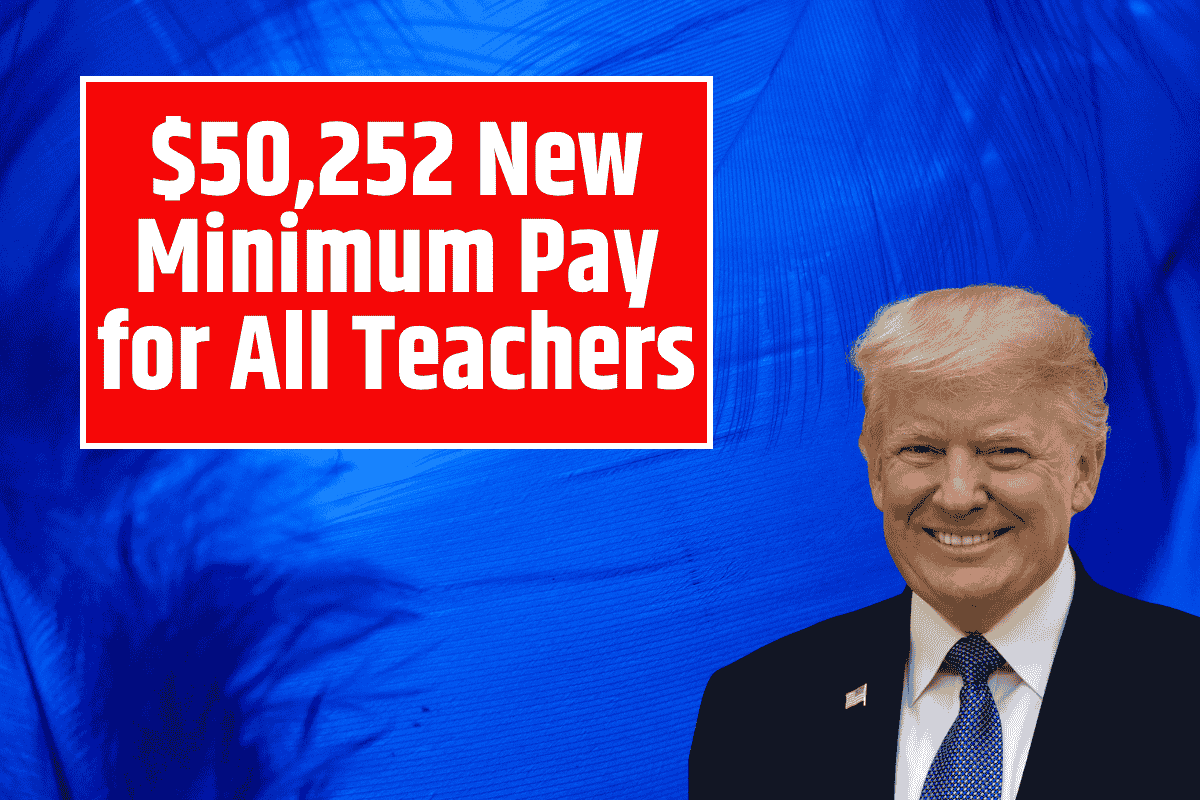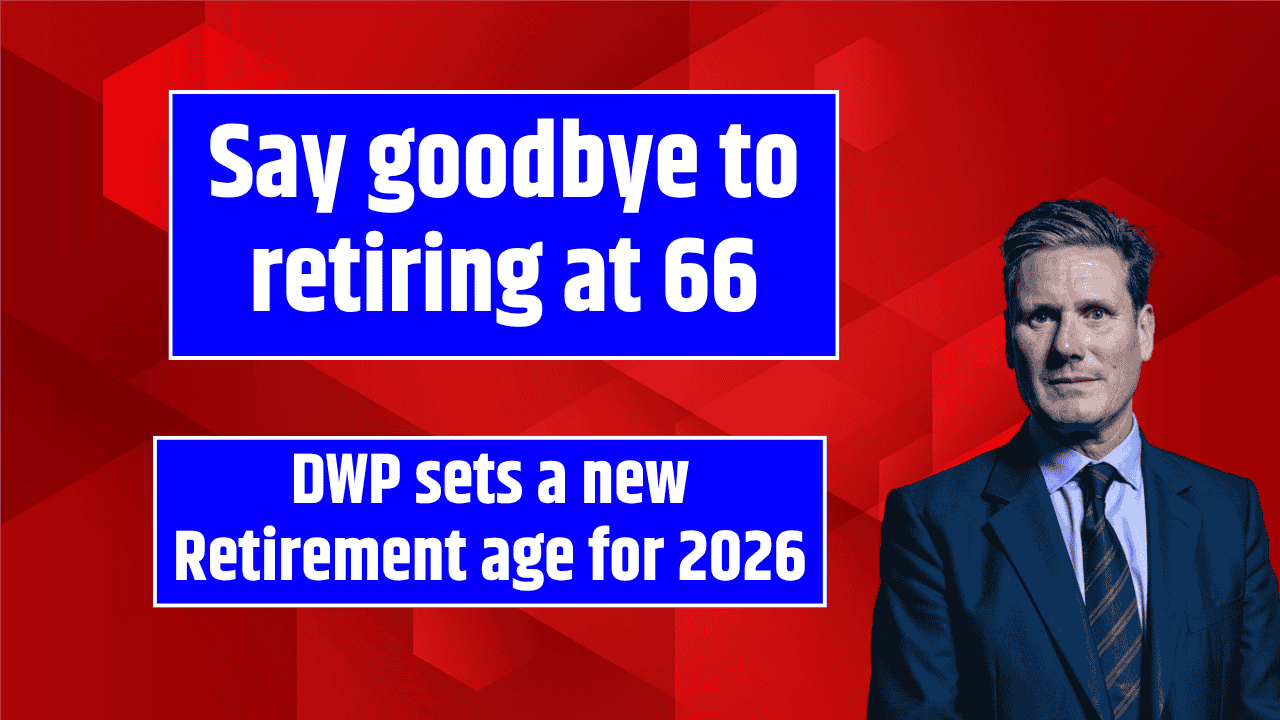This year, Idaho’s new minimum teacher salary of $50,252 has become a major topic of discussion at school district budget hearings across the state.
With districts scrambling to figure out how to meet these minimums, the question arises: how can they ensure salaries are fair and equitable for all teachers, especially when the state’s new salary guidelines come with challenges?
Challenges of Meeting the New Minimum Salary
The new state-mandated minimum salary is a big change for many districts. School leaders face pressure from both teachers and their unions, who want to see equitable pay across experience levels.
Teachers with more years of service don’t want to be paid the same as first-year educators, and the new salary minimums apply to teachers at all stages of their careers—not just those starting out.
However, the path to meeting the minimums isn’t straightforward. Many districts are turning to one-time bonuses or stipends to get salaries up to the required minimum. This is a quick and easy fix but may not be sustainable in the long run.
Some school leaders worry that while stipends can help meet the new minimums this year, they don’t address the ongoing issue of adequate pay.
Conflicting State Guidance
The Idaho Department of Education (IDE) has provided mixed messages regarding whether stipends can count toward the new minimum salaries.
In a May 2023 email, IDE financial specialist Alexandra McCann clarified that stipends, being one-time payments, should not be considered part of a teacher’s base salary.
This meant that districts would need to find ways to meet the minimums using regular pay increases rather than one-time payments.
However, IDE spokesperson Scott Graf later stated that local school boards ultimately have the final say on how to structure salaries, giving districts the flexibility to include stipends in their salary plans if they choose.
How Districts Are Adjusting
With limited time to make adjustments, many districts are relying on stipends to get teachers’ pay up to the new minimums. For example, Coeur d’Alene (CDA) district plans to give a one-time stipend to about 72 teachers to boost their pay from $48,427 to the new minimum of $50,252.
District spokesperson Stefany Bales explained that the goal is to redo the salary schedule next year, so the minimums can be met without relying on stipends.
In Lakeland, Chief Financial Officer Jessica Grantham voiced frustration over the state’s decision not to count stipends as part of the base salary.
However, after some quick negotiations, the district agreed to move all stipends into the salary schedule, costing the district about $280,000.
Other districts, like West Bonner, are still in the process of negotiating with their unions but are likely to use stipends as part of their plan.
In Caldwell, administrators recommended creating a salary schedule that aligns more closely with the state’s career ladder, but they anticipate this will cost the district around $2 million.
The Impact of the State Mandate
The new salary minimums, approved by the Idaho Legislature, are part of a broader effort to raise teacher pay. However, some districts feel the state’s funding does not fully cover the costs of these increases.
In some areas, administrators have had to hire more teachers and offer higher salaries than what the state funding supports, leading to concerns about the sustainability of these raises.
Caldwell school board chair Travis Manning criticized the Legislature for what he called “unfunded mandates,” arguing that the new salary requirements put unnecessary pressure on local school districts.
Many school leaders feel they were blindsided by the new mandate and are struggling to balance the need for higher teacher salaries with the financial realities of their budgets.
Idaho’s new minimum teacher salary has sparked important discussions about how to ensure fair and equitable pay for teachers across the state. While some districts are using stipends to quickly meet the minimums, many are looking for longer-term solutions to address salary equity.
With mixed guidance from the state and tight timelines, school boards will have to make tough decisions in the coming months to ensure teachers are paid fairly and the districts stay within budget.
FAQs
What is the new minimum teacher salary in Idaho?
The new minimum teacher salary in Idaho is $50,252 for 2025. This salary applies to all teachers in the state as part of the state’s effort to improve teacher pay.
How are school districts meeting the new minimum teacher salary?
School districts are using various methods, including one-time stipends and adjusting salary schedules to meet the new minimums. However, some districts are concerned that stipends don’t provide a long-term solution.
Can stipends count toward the new minimum teacher salary in Idaho?
While Idaho’s Department of Education initially stated that stipends don’t count toward the minimum salary, local school boards have the final say in how salaries are structured. Some districts are including stipends as part of their salary base.
What is the cost of implementing the new salary requirements for school districts?
The cost varies depending on the district. For example, Caldwell expects the new salary minimums to cost around $2 million, while other districts like Lakeland are spending approximately $280,000 to adjust their pay schedules.
How are teachers and unions responding to the new salary minimums?
Teachers and unions are generally supportive of the pay increases but are seeking fairness across experience levels. They want to ensure that more experienced teachers aren’t paid the same as new teachers, as the new minimums apply to all stages of a teacher’s career.










